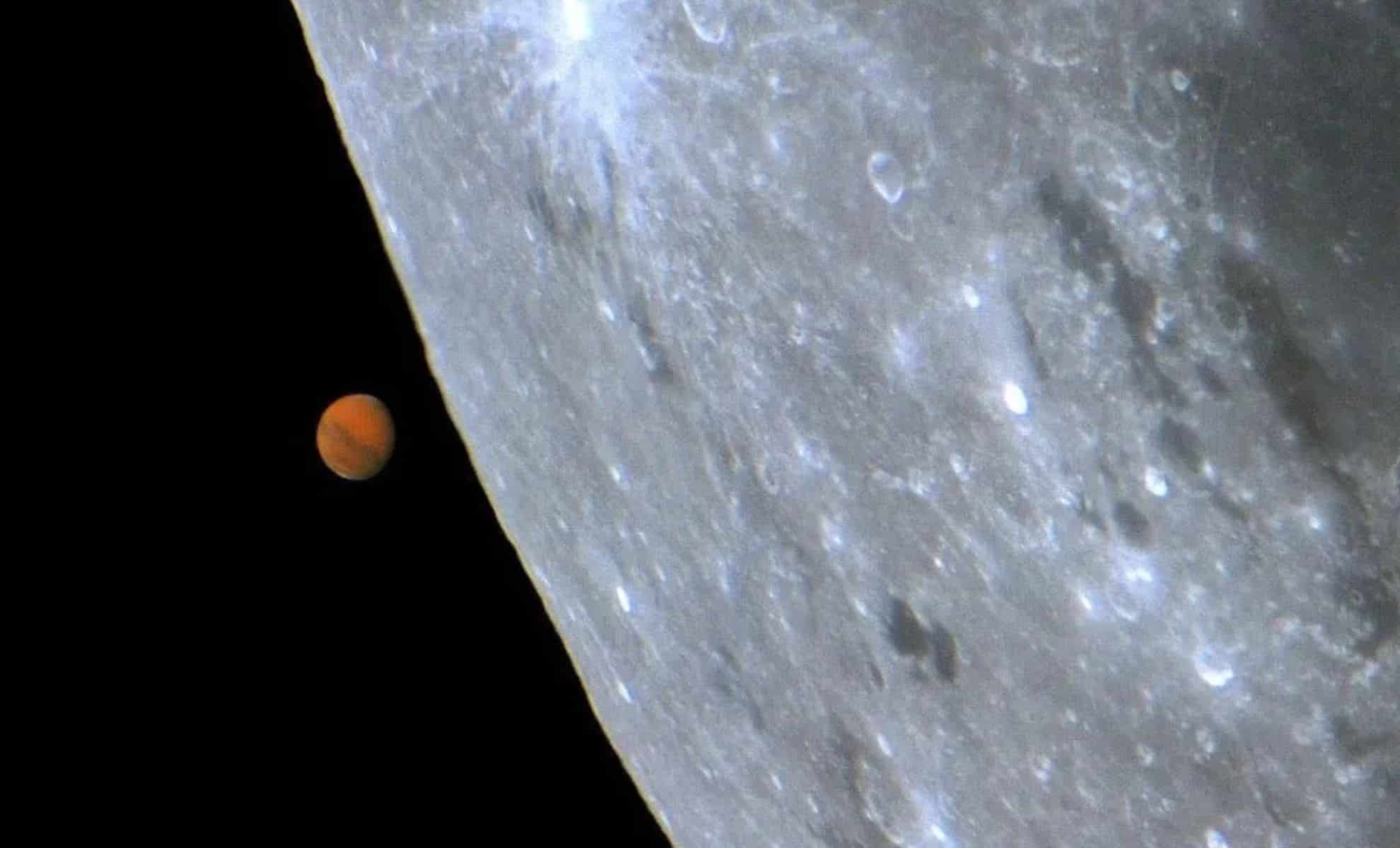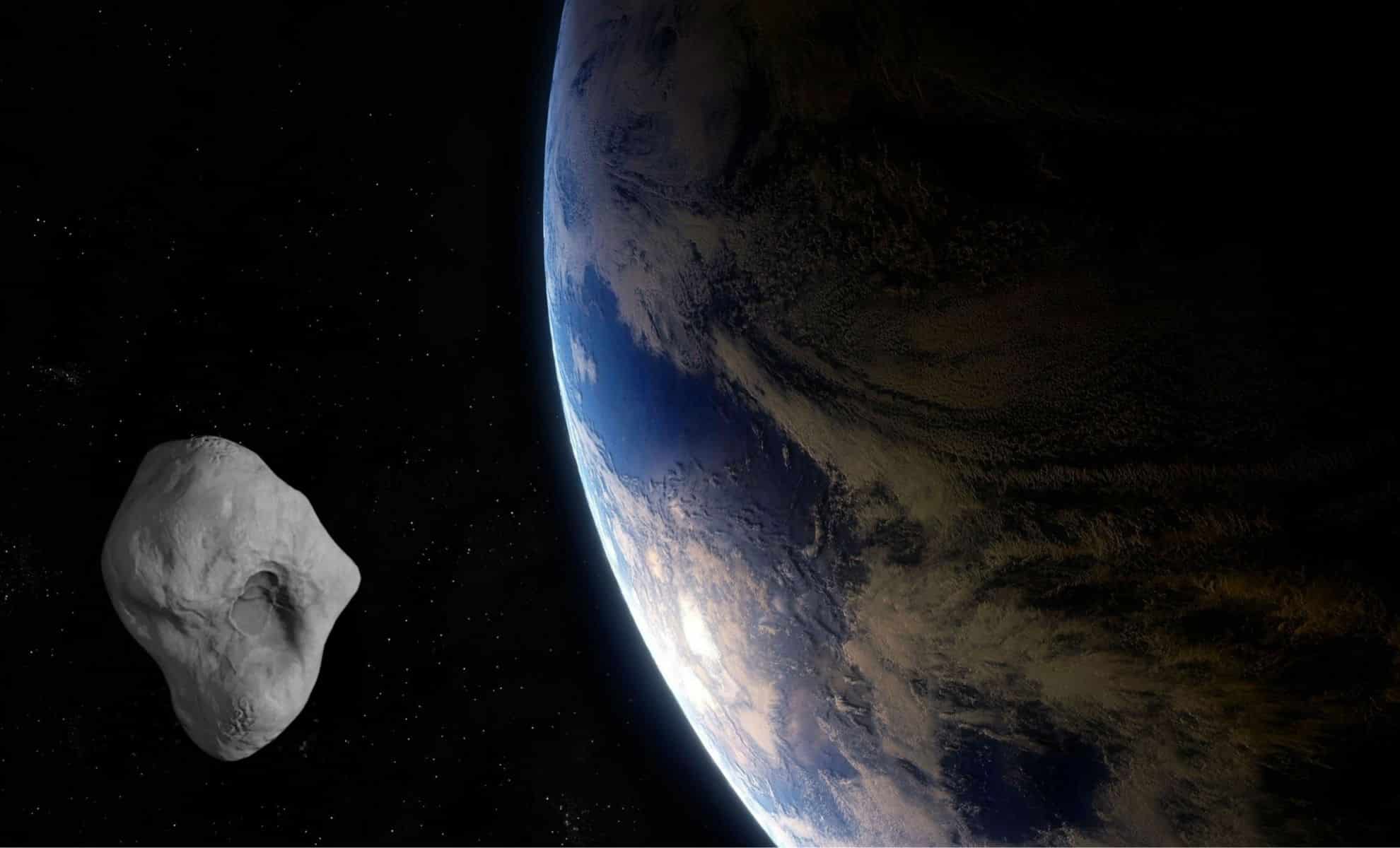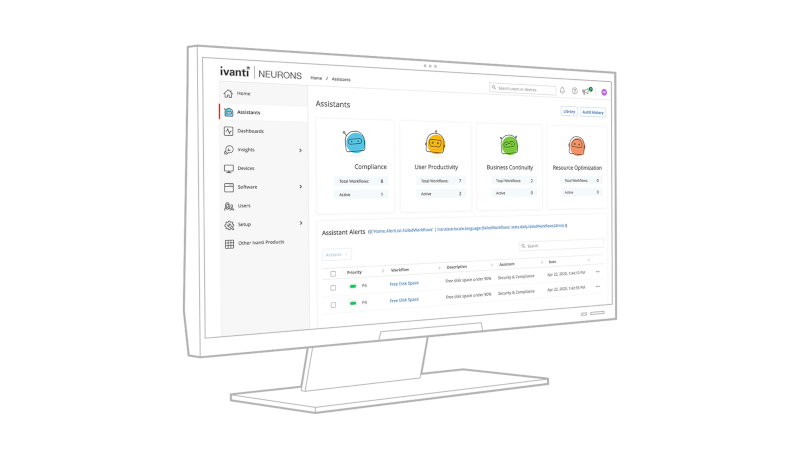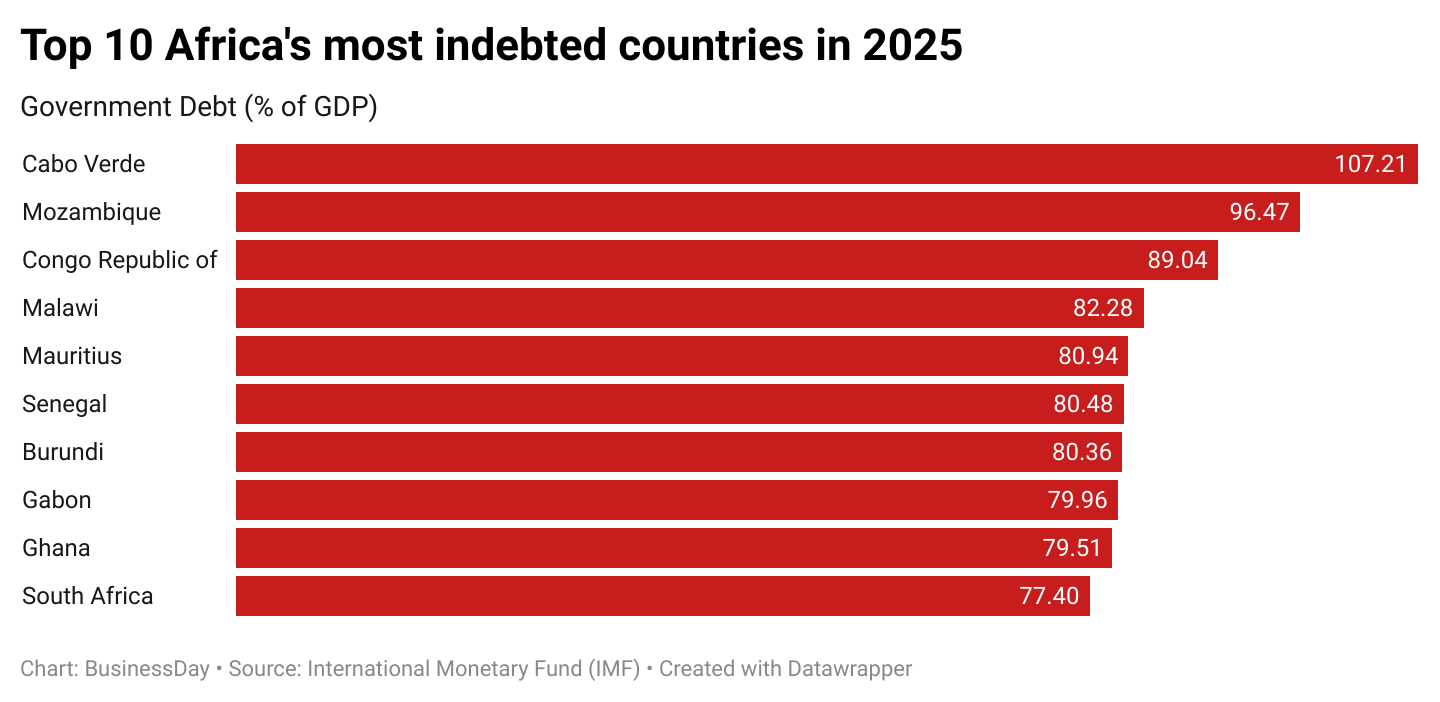Biologists from the University of Hawai’i have used drones to track lactating mother whales and their calves in the Pacific Ocean over 6 months and watched as the calves grew massively and mums lost weight.
The research shows calves increased body volume by almost 395%, and lactating females decreased their body volume by approximately 17%.
The team also found mothers lose nearly 97kg (214 pounds) of blubber per day across 60 days of lactation.
In total, 2,410 measurements were taken from 1,659 individual humpback whales.
The researchers say recent declines in North Pacific humpback whale (Megaptera novaeangliae) reproductive output and calf survival create additional urgency to better understand how mother–calf pairs allocate energy resources across their migratory cycle.
“For me, the surprising part of this study was our ability to find the same individual mothers and calves over great distances and time periods,” says Martin van Aswegen, lead author of the study and a PhD student at the University of Hawai’i’s Mammal Research Program.
“We used drone-based photogrammetry to quantify the body size and condition of humpback whales on their Hawaiian breeding and Southeast Alaskan feeding grounds.”
Humpback whales have one of the longest migrations of any mammal on Earth. Some groups of humpbacks can swim over 8,000 kilometres or 5,000 miles a year after breeding.
“We obtained 405 repeat measurements from 137 lactating females in Hawai’i and Southeast Alaska, with eight of those mother-calf pairs measured in both locations within the same year.”
“To measure the same whales over 3,000 miles apart over a period of roughly 200 days is truly remarkable and provides such valuable data for the questions we were asking.”
The research, published in The Journal of Physiology,
The team says the Hawaiʻi distinct population segment of North Pacific humpback whales (Megaptera novaeangliae) has been widely celebrated as a conservation success. Decades of population growth ensued after whaling was banned, resulting in its removal from the federal endangered species list in 2016.
However, marked declines in abundance have caused concern, with an estimated 34% reduction reported for humpback whales in Hawaiʻi between 2013 and 2021 and a 76.5% decline in mother–calf encounter rates on the Hawaiian breeding ground between 2013 and 2018.
In the late 20th century, humans had reduced humpback whale populations by more than 95% due to commercial whaling. Since then, conservation efforts have helped increase the species population.
However, recently there have been declines in whale reproduction numbers and survival rates of calves, coinciding with the longest lasting global marine heatwave.
It is believed that this heatwave reduced the availability of prey throughout the Pacific Ocean resulting in less nutrition in the whales which led to declines in reproduction rates.
The study has now produced data which researchers can use to understand how changes to marine ecosystems are impacting this species.
“Our humpback whale health database, comprising 11,000 measurements of 8,500 individual whales in the North Pacific, is being used across several projects within the Marine Mammal Research Program and abroad,” says the programs director and co-author of the study, Lars Bejder.
“These studies will be used to better predict the resilience of large baleen whale species in the face of threats, including disturbance, entanglement, vessel collision, and climate change.”
The research was done in partnership with Pacific Whale Foundation, Alaska Whale Foundation along with many other partners.
“This study showcases how teamwork across disciplines and institutions helps us uncover the intricate relationships between maternal health, calf growth, and environmental stressors,” says Jen Currie, co-author of the study.
“Such partnerships are vital as we strive to protect humpback whales and their habitats amidst a changing climate.”
Long read: Can we talk to whales?









Leave a Comment